In the battleground of nature, many animals have evolved mechanisms to both eat and avoid being eaten. This includes the production of chemical toxins, which may be used to incapacitate prey and make it easier to catch and eat, or to defend themselves from would-be predators.
There is an important distinction between animals who are poisonous and those who are venomous. Poisonous creatures merely secrete these toxins, whereas venomous animals deliver their venom directly using specialised bodyparts. This may be through a bite, a sting, or, as in one case on our list, via specialised ankle spurs!
Here is our expert guide to the most venomous animals, including how dangerous they are, and even what potential good uses their toxins might be put to.
10 most venomous animals
Box jellyfish (including Chironex fleckeri)
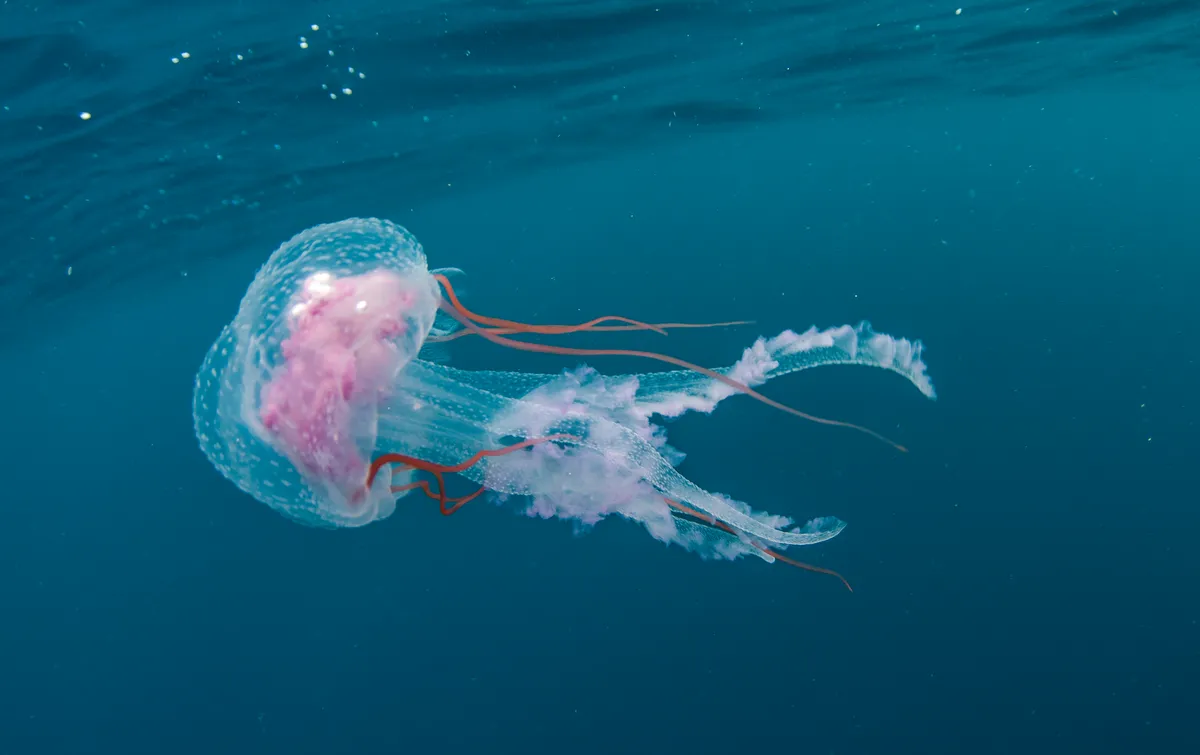
Some consider box jellyfish to be among the most deadly of animals. They have been attributed to many mysterious deaths of swimmers in many parts of the world.
This is because some species produce incredibly strong and overpowering toxins that strike at the heart, nervous system and even skin cells. Death can result very quickly, with some swimmers going into shock and drowning, or dying of heart failure before they can reach the shore.
We named the box jellyfish of the most dangerous animals in the sea
Gila monster (Heloderma suspectum)

From the deadliest to perhaps the most painful. The bite of the gila monster, a venomous lizard native to the USA and Mexico, is considered to be the most excruciating of any vertebrate.
One unfortunate journalist who got too close described it as “like hot lava coursing through your veins”. However, despite the pain, no bite has been known to result in a human death. The venom, a fairly mild neurotoxin, is produced in the lizards’ salivary glands. Fascinatingly, scientists have found a hormone in this toxic saliva that can be used to treat type 2 diabetes in humans.
Sydney funnel web spider (Atrax robustus)
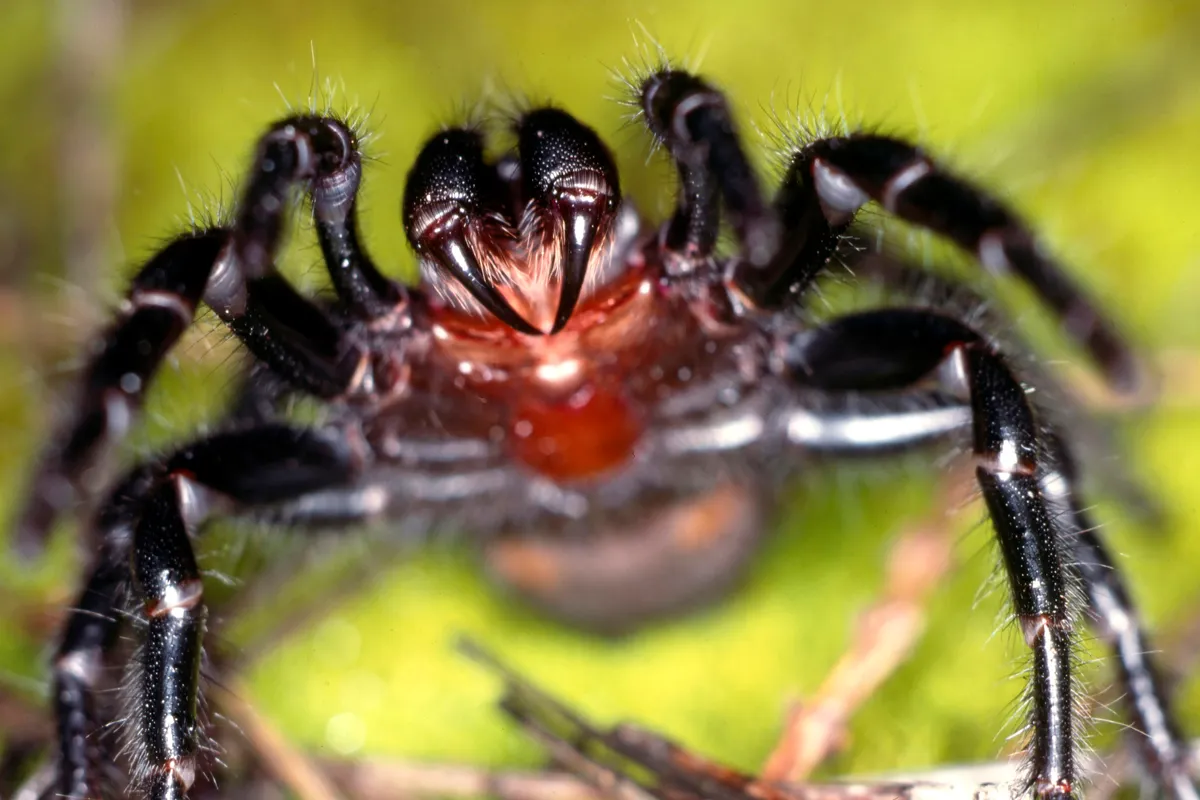
The gila monster is not the only animal whose venom has medicinal potential in humans. The funnel web spider produces a potent venom that is extremely toxic to humans and other primates, but interestingly harmless to many other animals.
This is because these animals produce antibodies that bind to and neutralise the toxins that, unfortunately, primates cannot. This often deadly venom could however be lifesaving, too. Scientists have discovered that one particular molecule found in the venom could be used as a time-buying heart attack treatment, blocking the ‘cell death message’ and preventing further damage.
We named the funnel web spider one of the deadliest spiders in the world
Cone snail (including Conus magnus)
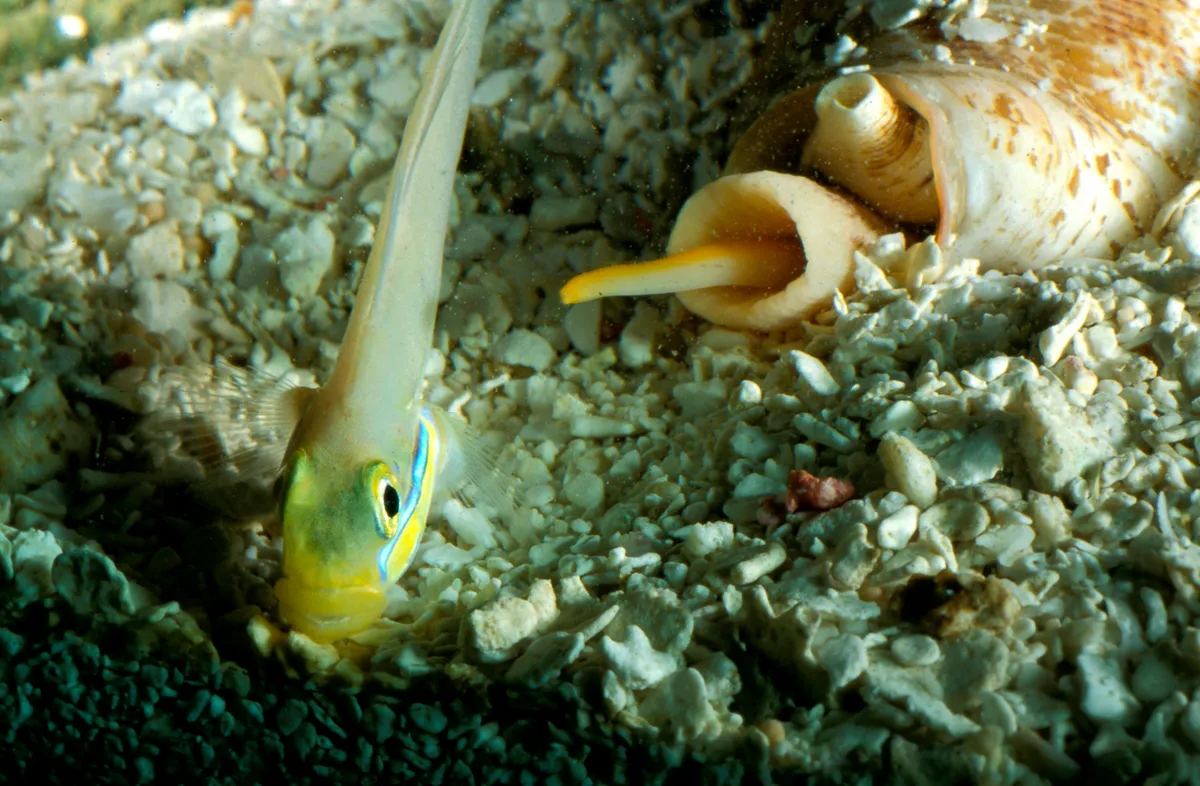
Looking at sea snail shells washed up on the beach, you wouldn't think a marine snail could be deadly. But cone snails do more than just slither over rocks. They live on the sea bed and hunt fish by sending out a hollow, venom-filled 'harpoon', thus immobilising any curious passers-by. The snail then opens up its mouth and sucks its helpless quarry inside, alive and paralysed. Brace yourself:
Please note that this video may include external ads.
You would feel it if one stung you. In fact, marine cone snail venom is so potent it can cause respiratory failure, muscle paralysis, vision impairment and even death. Most commonly, cone snail stings come from divers handling them.
However, cone snails are another creature whose venom has potential benefits for medicine. Scientists have isolated a particular toxin from one species of cone snail and from it derived a non-opioid painkiller that is many times stronger than morphine. The uses of other components of the venom are currently being investigated, for the treatment of diseases such as Alzheimer's and epilepsy, as well as pain relievers for cancer and HIV patients. Not much comfort to the fish, of course.
Stonefish (Synanceia genus)

Like the cone snail, stonefish are another animal that an unsuspecting swimmer might fall foul of. With their mottled camouflage and habit of lingering on muddy or rocky bottoms of marine environments, they are easy to step on. Contact triggers a sting from one of their needle-like defensive dorsal fin spines. This sting is incredibly painful, and can even be lethal. The fish does, however, have a secondary use - not as a pharmaceutical, but as a food. Stonefish are edible once their venomous spines have been carefully removed, and are even considered a delicacy in parts of Asia. Would you try it?
Inland taipan (Oxyuranus microlepidotus)
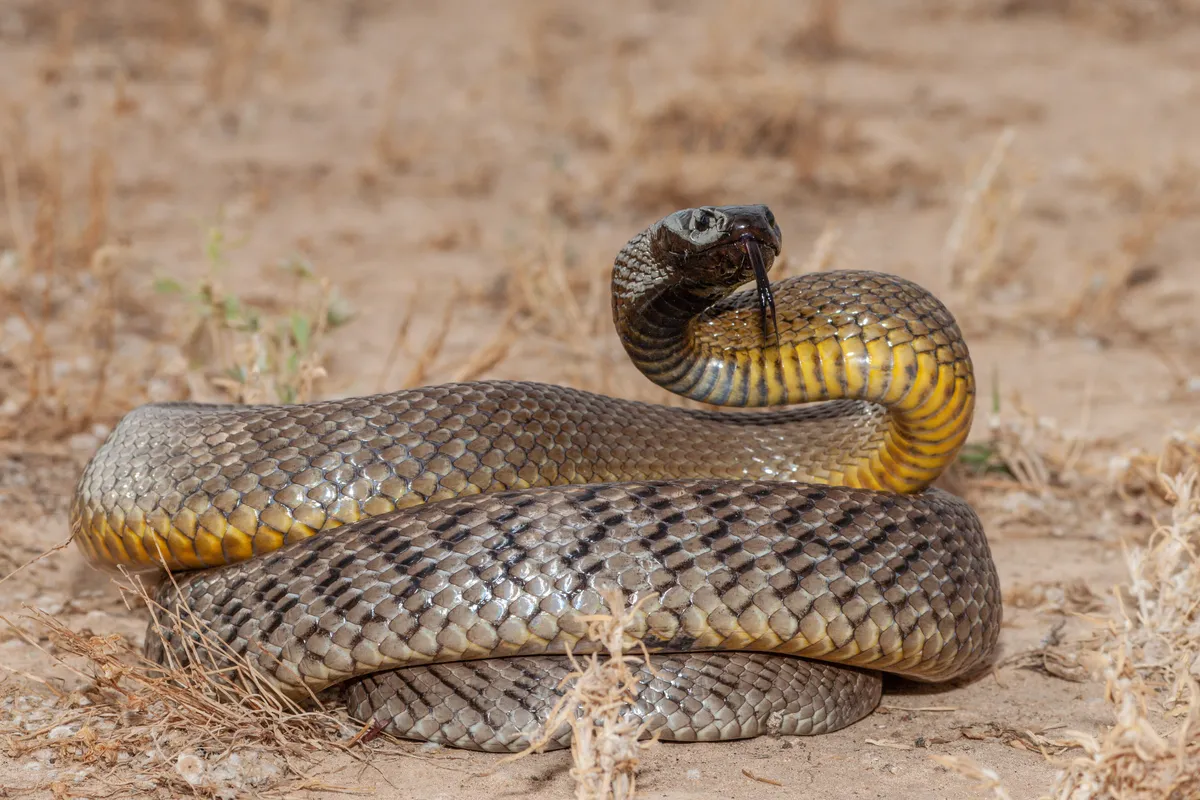
Of course, we couldn't talk about venomous animals without mentioning snakes. Although most snakes you are likely to meet are perfectly harmless (only about 1 in 5 snake species are venomous), some count among the world's deadliest animals.
The human toll from snakebites is considerable, many times higher than bites from the oft-feared shark, accounting for an estimated 200,000 deaths a year. The most venomous snake in the world is considered to be the inland taipan, endemic to central-eastern Australia. It has by far the highest median lethal dose of venom of any snake, and indeed probably any animal, making it the most toxic. It is however quite shy, and rarely encounters humans, so it is not actually the most dangerous. In terms of mortality, that record may go to the small but aggressive saw-scaled viper.
Platypus (Ornithorhynchus anatinus)

Venomous mammals? Yes really – and one of these is the duck-billed platypus. This already-extraordinary mammal, one of the very few to lay eggs, also has the remarkable ability to defend itself with venom-delivering ankle spurs! Although not fatal to humans, a venomous kick from a platypus is said to be excruciating, and is powerful enough to paralyse and kill smaller animals, including dogs. Perhaps one reason why Winston Churchill was so fascinated by them.
More related content:
- The thylacine became extinct in the 1960s… or did it?
- 12 animals named after celebrities
- Meet the world’s most murderous mammal: the meerkat
Meerkat with pups. © Getty
Slow loris (Nycticebus genus)

Deceptively cute, the slow loris is the only venomous primate that we've discovered so far. Fascinatingly, its venom is activated by combining an oil secreted by the brachial gland on the upper arm with its saliva. It licks the gland and then either rubs the activated venom into its fur as a chemical defence, or deploys it in a bite. Scientists believe its primary function is to ward off parasites that would otherwise want to make a home in its fur, but that it may also be used to protect against predators, and even as a weapon in fights against other lorises in the breeding season.
Sadly, the slow loris’s toxicity leads to particular ill-treatment in the illegal pet trade, as animal dealers will often pull out the animal's front teeth to hide the fact that it has a painful, venomous bite.
Shrew (Soricidae family, including Blarina brevicauda)
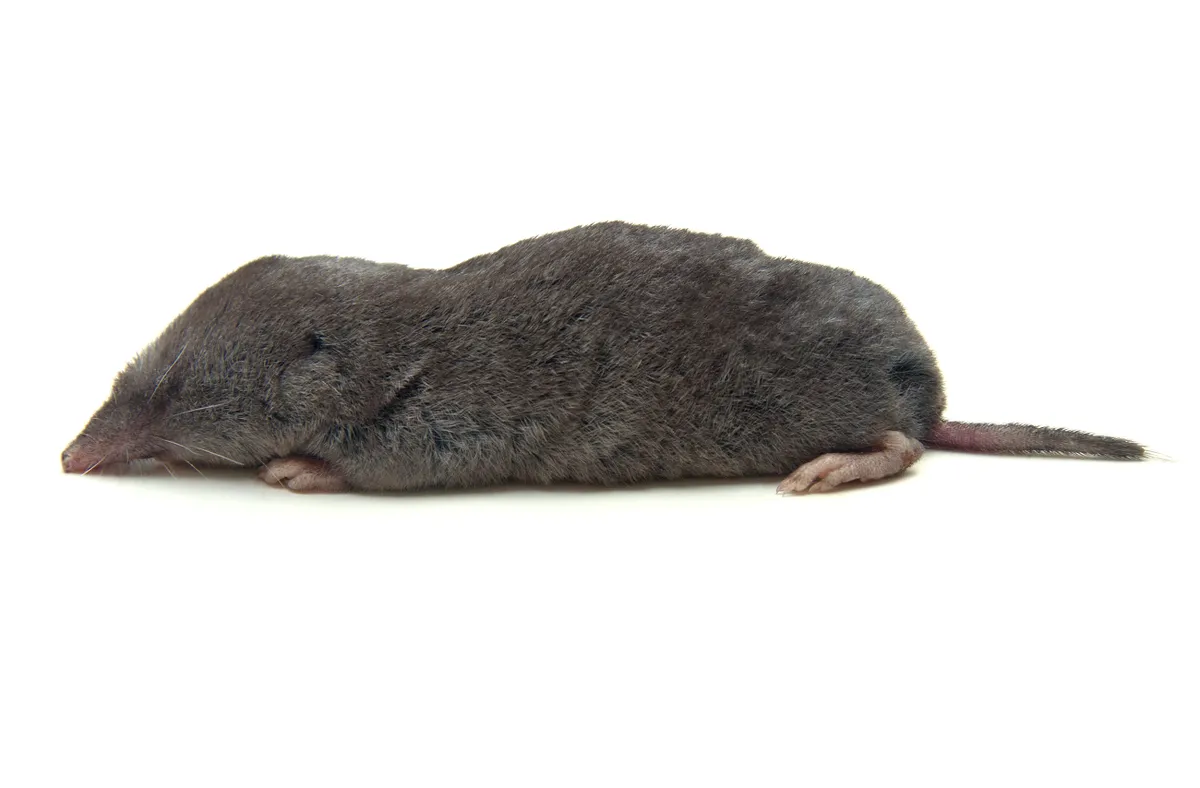
That's right. Lovely, fluffy shrews are another mammal with a nasty, toxic bite. They use theirs to paralyse and subdue their prey, and the venom is not delivered by fangs as in snakes, but rather flows from a specialised duct at the base of their incisors and along grooves in their teeth. Interestingly, the venom of the northern short-tailed shrew is very similar to that of the Mexican beaded lizard, a close relative of the gila monster, and is similarly medically useful, with one component being studied for use in the treatment of ovarian cancer.
European mole (Talpa europaea )

Continuing the theme of small, cute and toxic mammals, we present the humble European mole. Yes, this elusive creature best known for leaving unsightly piles of soil on your lawn is also venomous! Like shrews, moles use a toxic saliva to paralyse and subdue their prey - earthworms for the most part. This enables them to store their food fresh and alive for later consumption.
